tutorials, synopses, commentaries, and study resources
This is an ongoing collection of tutorials and study guides featuring the short stories of Virginia Woolf. The earliest story dates from 1906 and the latest from 1940, written for American Vogue magazine shortly before her death. They are presented here in alphabetical order of title. The list will be updated as new titles are added.
![]() A Haunted House
A Haunted House
![]() A Simple Melody
A Simple Melody
![]() A Summing Up
A Summing Up
![]() An Unwritten Novel
An Unwritten Novel
![]() Ancestors
Ancestors
![]() Happiness
Happiness
![]() In the Orchard
In the Orchard
![]() Kew Gardens
Kew Gardens
![]() Moments of Being
Moments of Being
![]() Monday or Tuesday
Monday or Tuesday
![]() Phyllis and Rosamond
Phyllis and Rosamond
![]() Solid Objects
Solid Objects
![]() Sympathy
Sympathy
![]() The Evening Party
The Evening Party
![]() The Introduction
The Introduction
![]() The Lady in the Looking-Glass
The Lady in the Looking-Glass
![]() The Legacy
The Legacy
![]() The Man who Loved his Kind
The Man who Loved his Kind
![]() The Mark on the Wall
The Mark on the Wall
![]() The Mysterious Case of Miss V
The Mysterious Case of Miss V
![]() The New Dress
The New Dress
![]() The Shooting Party
The Shooting Party
![]() The String Quartet
The String Quartet
![]() The Symbol
The Symbol
![]() The Watering Place
The Watering Place
![]() Together and Apart
Together and Apart
Virginia Woolf podcast
A eulogy to words
Study resources
![]() The Complete Shorter Fiction – Vintage Classics – Amazon UK
The Complete Shorter Fiction – Vintage Classics – Amazon UK
![]() The Complete Shorter Fiction – Vintage Classics – Amazon US
The Complete Shorter Fiction – Vintage Classics – Amazon US
![]() The Complete Shorter Fiction – Harcourt edition – Amazon UK
The Complete Shorter Fiction – Harcourt edition – Amazon UK
![]() The Complete Shorter Fiction – Harcourt edition – Amazon US
The Complete Shorter Fiction – Harcourt edition – Amazon US
![]() Monday or Tuesday and Other Stories – Gutenberg.org
Monday or Tuesday and Other Stories – Gutenberg.org
![]() Kew Gardens and Other Stories – Hogarth reprint – Amazon UK
Kew Gardens and Other Stories – Hogarth reprint – Amazon UK
![]() Kew Gardens and Other Stories – Hogarth reprint – Amazon US
Kew Gardens and Other Stories – Hogarth reprint – Amazon US
![]() The Mark on the Wall – Oxford World Classics – Amazon UK
The Mark on the Wall – Oxford World Classics – Amazon UK
![]() The Mark on the Wall – Oxford World Classics – Amazon US
The Mark on the Wall – Oxford World Classics – Amazon US
![]() The Complete Works of Virginia Woolf – Kindle
The Complete Works of Virginia Woolf – Kindle
![]() Hyper-Concordance to Virginia Woolf’s works
Hyper-Concordance to Virginia Woolf’s works
![]() Virginia Woolf at Wikipedia – biographical notes, links
Virginia Woolf at Wikipedia – biographical notes, links
![]() Virginia Woolf at Mantex – tutorials, web links, study resources
Virginia Woolf at Mantex – tutorials, web links, study resources
Writing app
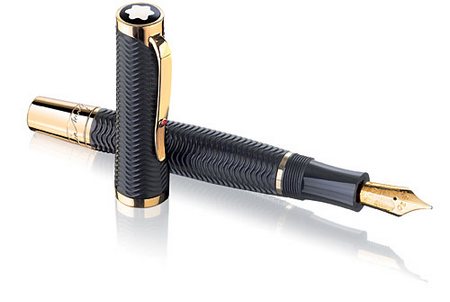
Mont Blanc pen – the Virginia Woolf special edition
Further reading
![]() Quentin Bell. Virginia Woolf: A Biography. New York: Harcourt Brace Jovanovich, 1972.
Quentin Bell. Virginia Woolf: A Biography. New York: Harcourt Brace Jovanovich, 1972.
![]() Hermione Lee. Virginia Woolf. New York: Alfred A. Knopf, 1997.
Hermione Lee. Virginia Woolf. New York: Alfred A. Knopf, 1997.
![]() Nicholas Marsh. Virginia Woolf, the Novels. New York: St. Martin’s Press, 1998.
Nicholas Marsh. Virginia Woolf, the Novels. New York: St. Martin’s Press, 1998.
![]() John Mepham, Virginia Woolf. New York: St. Martin’s Press, 1992.
John Mepham, Virginia Woolf. New York: St. Martin’s Press, 1992.
![]() Natalya Reinhold, ed. Woolf Across Cultures. New York: Pace University Press, 2004.
Natalya Reinhold, ed. Woolf Across Cultures. New York: Pace University Press, 2004.
![]() Michael Rosenthal, Virginia Woolf: A Critical Study. New York: Columbia University Press, 1979.
Michael Rosenthal, Virginia Woolf: A Critical Study. New York: Columbia University Press, 1979.
![]() Susan Sellers, The Cambridge Companion to Virginia Woolf, Cambridge University Press, 2010.
Susan Sellers, The Cambridge Companion to Virginia Woolf, Cambridge University Press, 2010.
![]() Virginia Woolf, The Common Reader. New York: Harvest Books, 2002.
Virginia Woolf, The Common Reader. New York: Harvest Books, 2002.
![]() Alex Zwerdling, Virginia Woolf and the Real World. Berkeley: University of California Press, 1986.
Alex Zwerdling, Virginia Woolf and the Real World. Berkeley: University of California Press, 1986.
Other works by Virginia Woolf
 Kew Gardens is a collection of experimental short stories in which Woolf tested out ideas and techniques which she then later incorporated into her novels. After Chekhov, they represent the most important development in the modern short story as a literary form. Incident and narrative are replaced by evocations of mood, poetic imagery, philosophic reflection, and subtleties of composition and structure. The shortest piece, ‘Monday or Tuesday’, is a one-page wonder of compression. This collection is a cornerstone of literary modernism. No other writer – with the possible exception of Nadine Gordimer, has taken the short story as a literary genre as far as this.
Kew Gardens is a collection of experimental short stories in which Woolf tested out ideas and techniques which she then later incorporated into her novels. After Chekhov, they represent the most important development in the modern short story as a literary form. Incident and narrative are replaced by evocations of mood, poetic imagery, philosophic reflection, and subtleties of composition and structure. The shortest piece, ‘Monday or Tuesday’, is a one-page wonder of compression. This collection is a cornerstone of literary modernism. No other writer – with the possible exception of Nadine Gordimer, has taken the short story as a literary genre as far as this.
![]() Buy the book at Amazon UK
Buy the book at Amazon UK
![]() Buy the book at Amazon US
Buy the book at Amazon US
 Virginia Woolf is a readable and well illustrated biography by John Lehmann, who at one point worked as her assistant and business partner at the Hogarth Press. It is described by the blurb as ‘A critical biography of Virginia Woolf containing illustrations that are a record of the Bloomsbury Group and the literary and artistic world that surrounded a writer who is immensely popular today’. This is an attractive and very accessible introduction to the subject which has been very popular with readers ever since it was first published..
Virginia Woolf is a readable and well illustrated biography by John Lehmann, who at one point worked as her assistant and business partner at the Hogarth Press. It is described by the blurb as ‘A critical biography of Virginia Woolf containing illustrations that are a record of the Bloomsbury Group and the literary and artistic world that surrounded a writer who is immensely popular today’. This is an attractive and very accessible introduction to the subject which has been very popular with readers ever since it was first published..
![]() Buy the book at Amazon UK
Buy the book at Amazon UK
![]() Buy the book at Amazon US
Buy the book at Amazon US
© Roy Johnson 2014
More on Virginia Woolf
Virginia Woolf – web links
Virginia Woolf – greatest works
Virginia Woolf – criticism
More on the Bloomsbury Group

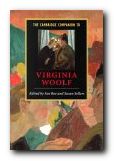 The Cambridge Companion to Virginia Woolf
The Cambridge Companion to Virginia Woolf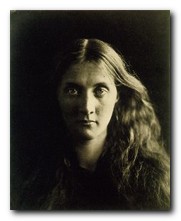
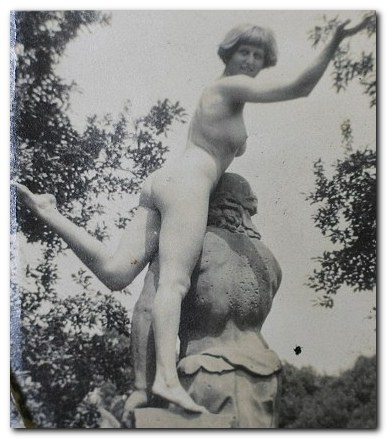
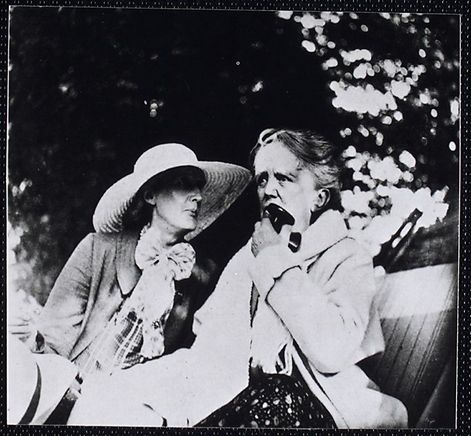
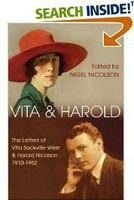
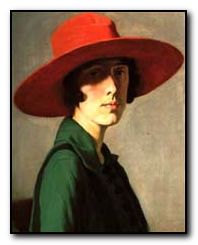 Vita (Victoria Mary) Sackville-West (1892-1962) was a prolific poet and novelist – though she is probably best known for her writing on gardens and her affair with
Vita (Victoria Mary) Sackville-West (1892-1962) was a prolific poet and novelist – though she is probably best known for her writing on gardens and her affair with 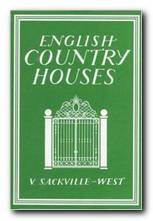

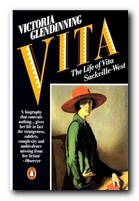
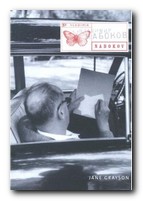
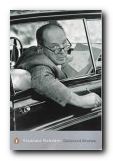
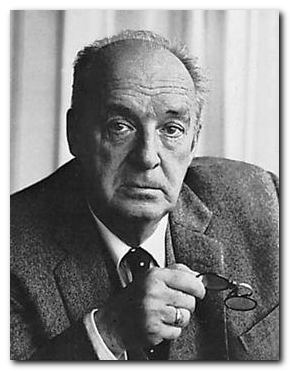
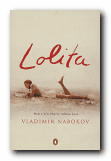 Lolita
Lolita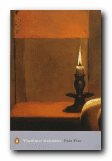 Pale Fire
Pale Fire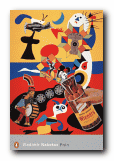 Pnin
Pnin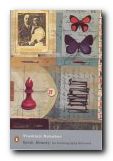 Speak Memory
Speak Memory Despair
Despair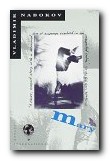 Mary
Mary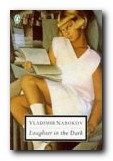 Laughter in the Dark
Laughter in the Dark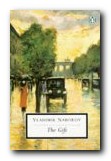 The Gift
The Gift